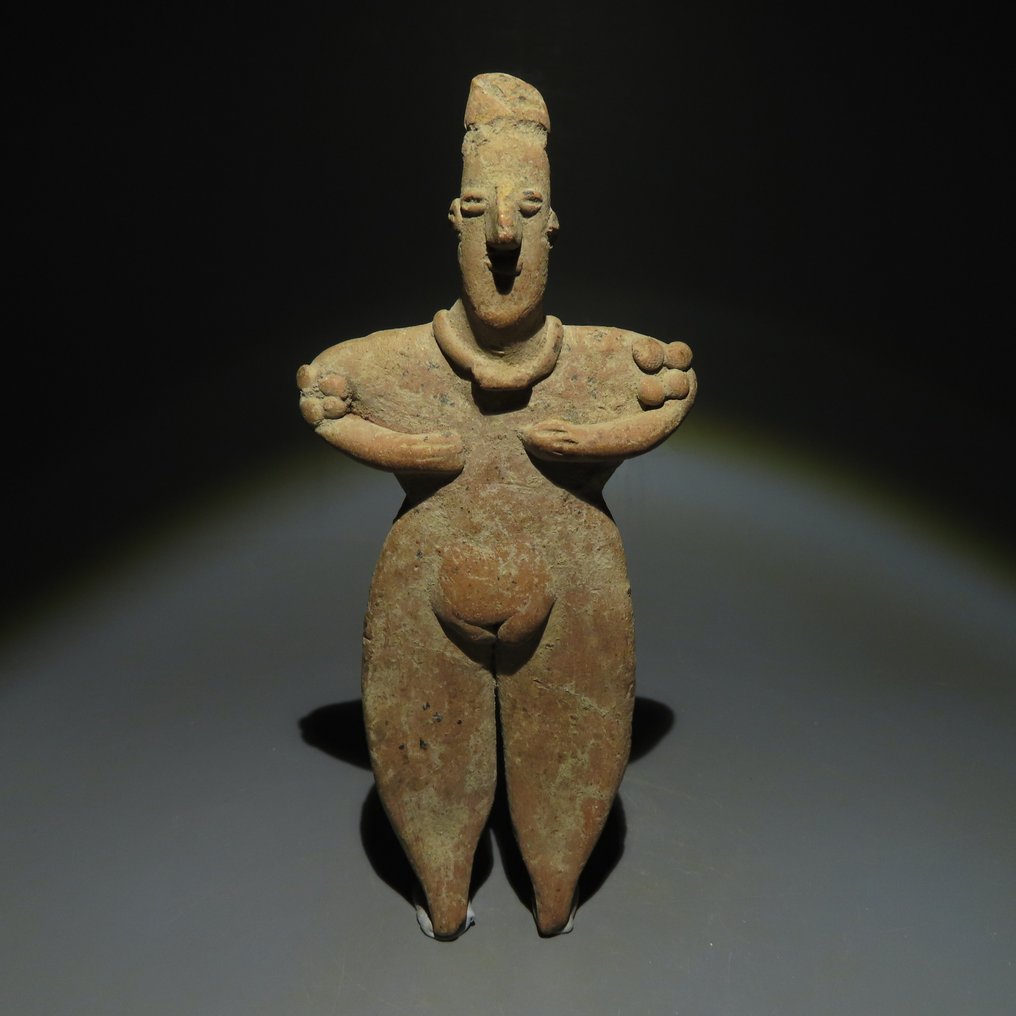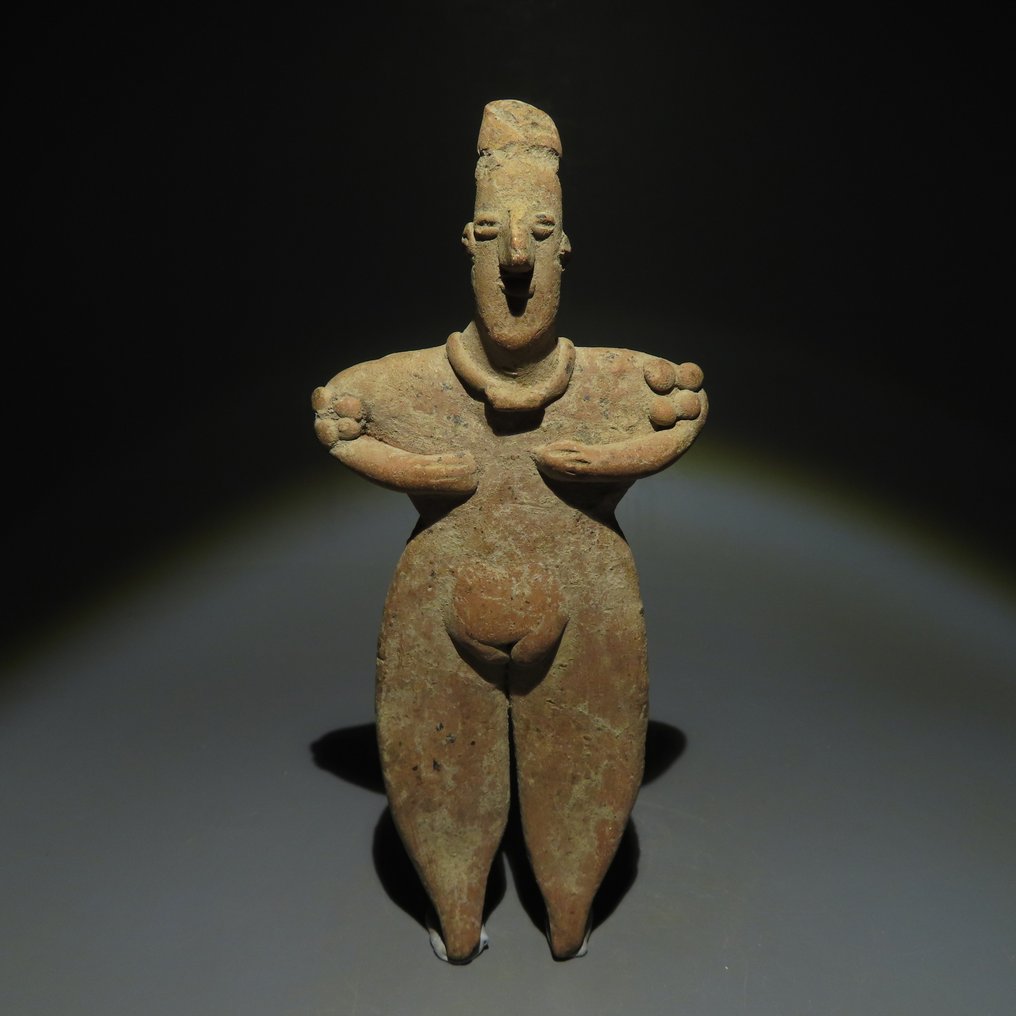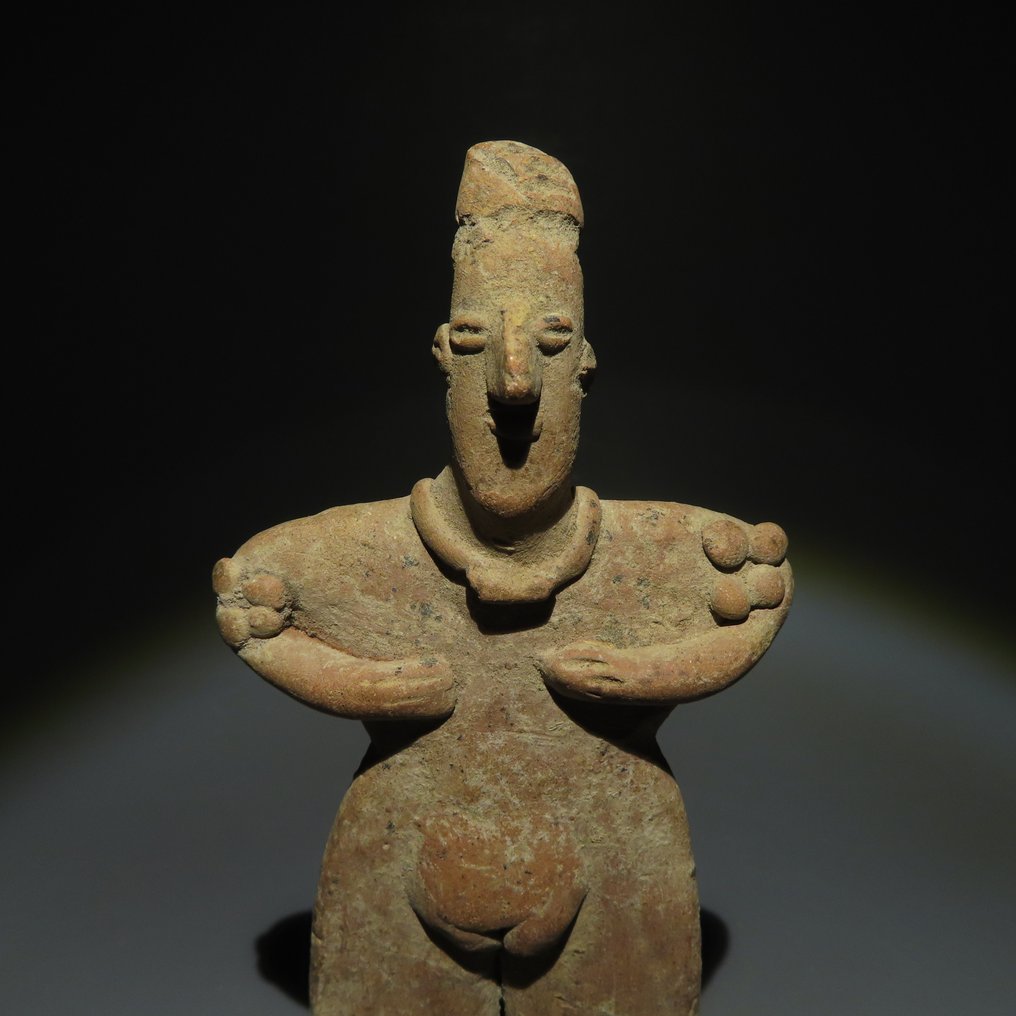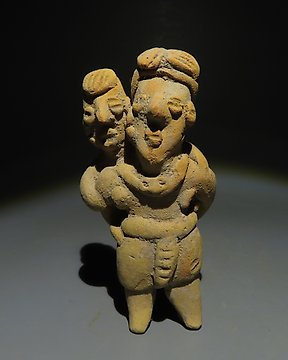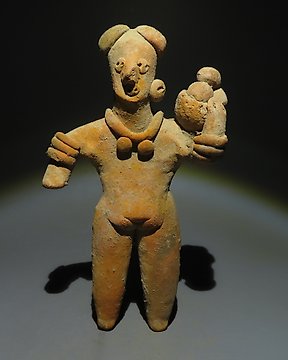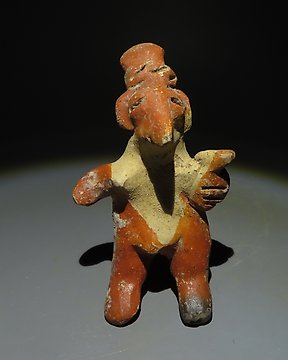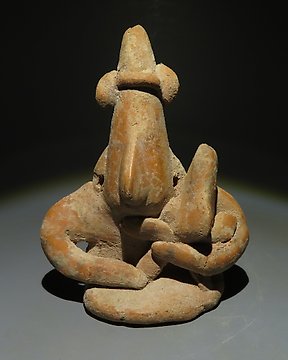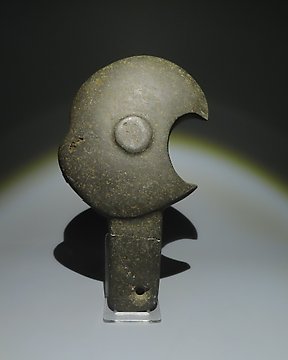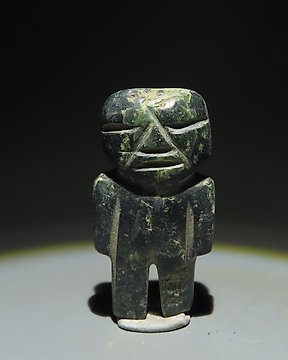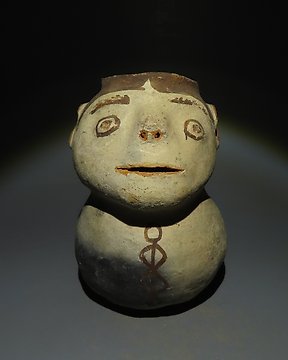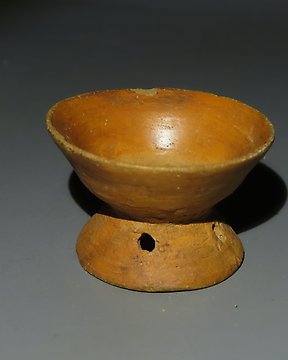Aviso Legal
O vendedor garante e pode provar que o objeto foi obtido legalmente. O vendedor foi informado pela Catawiki que tinha de fornecer a documentação exigida pelas leis e regulamentos do seu país de residência. O vendedor garante que tem o direito de vender/exportar este objeto. O vendedor fornecerá ao comprador toda a informação conhecida sobre a proveniência do objeto. O vendedor garante que serão ou já foram obtidas todas as autorizações necessárias. O vendedor informará imediatamente o comprador de quaisquer atrasos na obtenção de tais autorizações.
O vendedor garante e pode provar que o objeto foi obtido legalmente. O vendedor foi informado pela Catawiki que tinha de fornecer a documentação exigida pelas leis e regulamentos do seu país de residência. O vendedor garante que tem o direito de vender/exportar este objeto. O vendedor fornecerá ao comprador toda a informação conhecida sobre a proveniência do objeto. O vendedor garante que serão ou já foram obtidas todas as autorizações necessárias. O vendedor informará imediatamente o comprador de quaisquer atrasos na obtenção de tais autorizações.
